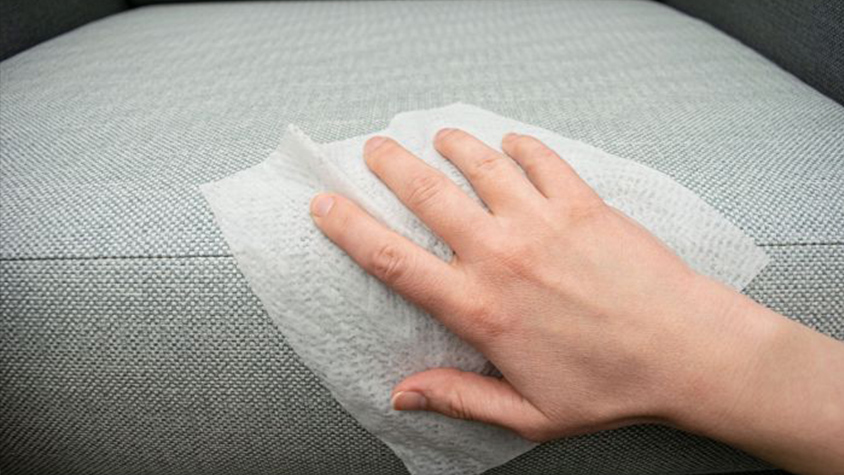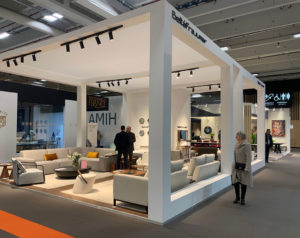In times of coronavirus, it is important we focus on the importance of cleaning and disinfection. It is true that much emphasis has been placed on disinfecting hands, clothes, shoes and mobile devices, among others, but to prevent the virus, it is also necessary to clean and disinfect some of the surfaces with which we are in most contact, such as furniture.
Therefore, in today’s post we tell you how to properly clean and disinfect the furniture depending on its materials, and we also give you some tips to give it a touch of shine without spoiling it. Take note!
Cleaning and disinfection of furniture
To remove dust from wooden furniture, use a cloth with finished edges, without loose threads, or a feather duster or soft brush to access all corners. Once the dust has been removed, make sure the furniture is free of any stains and apply a polishing product to the surface.
For pine or spruce kitchen tables you can use a brush and detergent and, eventually, rub with linseed oil, drying immediately so that it doesn’t absorb too much.
For the cleaning and disinfection of uncoated wooden furniture you can wash it, provided that you dry it thoroughly afterwards, because if the surface remains wet it could be damaged.
For waxed furniture use only clean and dry rags to remove dust and surface polish. Oils or similar products shouldn’t be used, as the furniture would lose colour.
Plastic laminates are easily scratched, so no abrasive products should be used on them. Instead, use a cloth moistened with hot water and soap or a little baking soda.
In cellulose coatings or lacquers use a metal polish. Don’t forget to remove it before it dries and then rub it with a warm cloth.
For marble furniture, first of all, bear in mind that it is a porous material that stains easily and absorbs some of the water and liquids used to clean it. Therefore, don’t use anything but water and a mild detergent with a wrung out cloth, drying well and polishing with a soft cloth.
Don’t use abrasive products or solvents for cleaning and disinfecting metal furniture either, as most are usually treated with a special varnish that could be damaged by the use of these products. Once cleaned, apply a special wax coating or silicone spray to renew the protective film.
To cleaning upholstered furniture, such as armchairs and sofas, it is important to regularly vacuum the surface. When doing so, bear in mind to use a low-powered vacuum cleaner or put it on a low power setting, use a suitable accessory for this type of material and emphasise the corners, as this is where the greatest amount of dirt and bacteria accumulates.
Finally, in leather furniture it is enough to periodically remove the dust with a vacuum cleaner. This furniture shouldn’t get wet, as moisture causes the leather to crack and to appear stains that are very difficult to remove. You can try to soften them by rubbing a cotton wool pad moistened with turpentine, but use as little as possible and above all, avoid water.
Maintenance cleaning
To clean and disinfect our furniture, it is important to perform maintenance cleaning too. There is no point in cleaning and disinfecting them if we don’t maintain that cleanliness properly. To do this, we give you some basic guidelines.
Remember to always start at the top, with elements such as paintings or lamps, and end at the bottom, where it is advisable to mop every day. Also, don’t forget to clean ceilings and electrical outlets from time to time.
In the bathrooms, check tiles for stains, open windows, and remove trash. Start by cleaning sinks, bidets and bathtubs, ending with the toilet, taking special care with the taps. And, at least once a week, do a complete tile cleaning.
Cleaning and disinfection is a key element in preventing the spread of coronavirus. Therefore, we must increase its frequency and insist on its maintenance, especially in those spaces with which we are in most contact. Use these tips and guidelines and keep your furniture well cared, cleaned and disinfected at the same time.






